An adventurous way to experience the full splendour and drama of the Norwegian coastline is to view it from one of the iconic Hurtigruten ships.
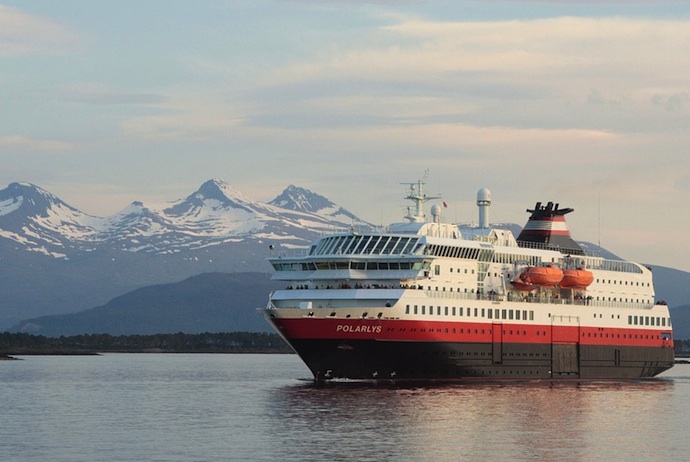
The 12-night round trip from Bergen to Kirkenes passes some of the world’s most sublime landscapes, docking at some of Norway’s remotest settlements. It may be pricey – but we think this journey is definitely one for the bucket list.
How to pronounce Hurtigruten
First things first: what is that word all about? The word Hurtigruten means “express route” or “rapid route” and the most usual way to pronounce it is “hurti-rerten”, without the “g” .
What makes the Hurtigruten trips different?
Subsidised by the Norwegian government, Hurtigruten ships have been plying the Norwegian coast for more than 120 years, providing a vital lifeline to settlements that were otherwise inaccessible by road or rail.
There are 14 Hurtigruten ships in all, though only nine regularly run the full route, taking valuable supplies to the country’s remote outposts.
So what’s a Hurtigruten cruise like?
While the boats still carry out their original function as essential supply ships, they also carry visitors and tourists.
The ships vary in their level of comfort and facilities – and correspondingly, price – but all are well-adapted to cover the 1500-mile journey through Arctic waters in all weathers.
Where can you go on a Hurtigruten cruise in Norway?
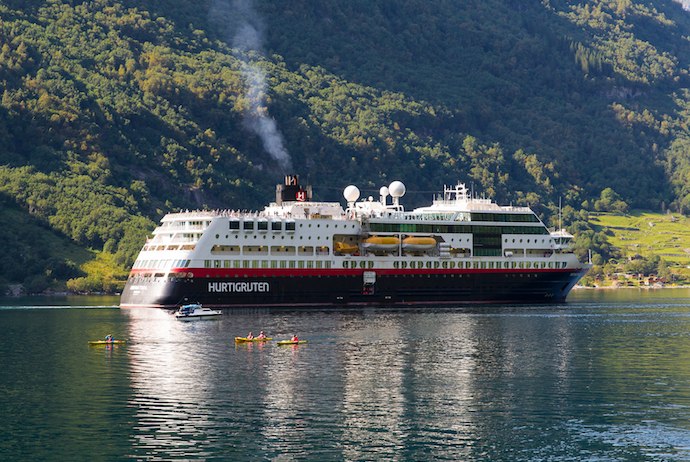
The full Hurtigruten cruise runs along the Norwegian coast from Bergen to Kirkenes in the Arctic Circle, stopping at 36 ports on its way, then the same on the way back down.
The ports vary in size from Norway’s third largest city, Trondheim, to the tiny village of Risøyhamn, which has just 203 inhabitants.
In summer, the northbound ships sail into the Unesco-listed Geirangerfjord, while in autumn they explore the beautiful Hjørundfjorden.
Hurtigruten also runs an expedition off-shoot with cruises to far-flung destinations, such as Svalbard, Antarctica, the Galapagos islands, the Falkland Islands, Alaska, Greenland and Iceland.
Tips for making the most of your cruise:
- Reserve any tours that you really want to do in advance, as popular ones get booked up fast. All others, you can book on the boat.
- Save money by doing your own walking tours. It’s easy to explore towns such as Trondheim, Tromsø and Ålesund on foot yourself, and save yourself the cost of the official walking tour.
- Try to avoid a cabin at the back of the ship, as it can be noisy at night when the cargo is loaded and unloaded.
- Bring your own booze! You are allowed to bring up to one and half litres of alcohol with you – so that’s four bottles of wine between two people. Bearing in mind, the cheapest bottle on board will set you back 665 NOK (thats £50!), so you can save a small fortune.
- Check the website for which ships have which facilities before you book, especially if you want specific features such an an on-deck hot tub.
How do Hurtigruten cruises work, then?
A Hurtigruten ship leaves Bergen every day, right throughout the year, stopping at towns such as Ålesund, Trondheim, Bodø and Tromsø en route to Kirkenes, where it heads back south.
You can either book the full 13-day round-trip; a seven-day Bergen to Kirkenes cruise; or a six-day Kirkenes to Bergen cruise.
Alternatively, you can book individual port-to-port legs if you just want to use the boat as a way of hopping from one destination to the next.
How long do Hurtigruten boats spend in each port?
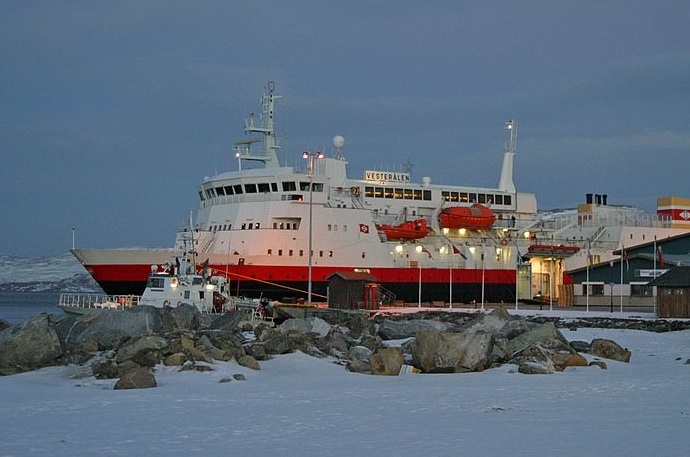
The amount of time you’ll have at each port varies depending on the size of the settlement and the time of day that you arrive.
Ships can spend six hours in Trondheim during the day, for example, but only 15 minutes in tiny Måløy, where they can dock in the early hours of the morning.
The schedules are arranged (as far as possible) so that ports which are visited at night on the northward journey will be visited by day on the way back down.
What about side trips and excursions?
If the boat is spending 30 minutes or longer at a port, you are free to disembark and explore on your own.
Alternatively, you can book an organised excursion, which can be anything from dog-sledging in Tromso or horse-riding in the Lofoten Islands to quad-biking to the Russian border.
Some trips, such as the drive along the Trollstigen, may take the longer than the boat docking time. As long as you’ve booked an official tour with Hurtigruten, you’ll be transferred to the ship’s next point of call in time for its departure.
Excursions and activities can be booked online or by phone at the booking centre (UK number: 0203 603 7112).
You can also book on the boat itself, if there are any spaces left. All trips booked on the boat itself are payable in Norwegian kroner.
How to book the Hurtigruten port-to-port
It is possible to book individual legs of the journey through the port-to-port page of the Hurtigruten website.
Combining short hops on the Hurtigruten boats with bus and train travel can be a fun way of exploring the Norwegian coastline, but it’s not particularly cheap.
The three-hour trip from Alesunde to Molde, for example, starts from around 430 NOK per person.
You don’t need to book a cabin for any trip under 23 hours, so you can keep costs down by snoozing on deck or in a chair.
Can I take my car on the Hurtigruten ships?
All the ships except MS Lofoten and MS Spitsbergen carry cars, though none take caravans and camper vans.
Taking your car for a short hop on the Hurtigruten can save hours of driving over mountain passes and along indented fjords, though again it’s not a particularly cheap option.
If you need to catch a specific boat, you’ll need to book well in advance as the boats only have limited spaces for cars.
What are Hurtigruten ships like inside?
A cross between a cruise ship and passenger ferry, the boats are smaller than most cruise liners. They have an informal, relaxed vibe on board, with no set dress code in the restaurants.
This means you can focus on packing practical stuff for the trip (like comfy clothes and outdoor gear) without needing to worry about dressy clothes for the evenings – unless you’d like to, of course!
What are Hurtigruten cruises like?
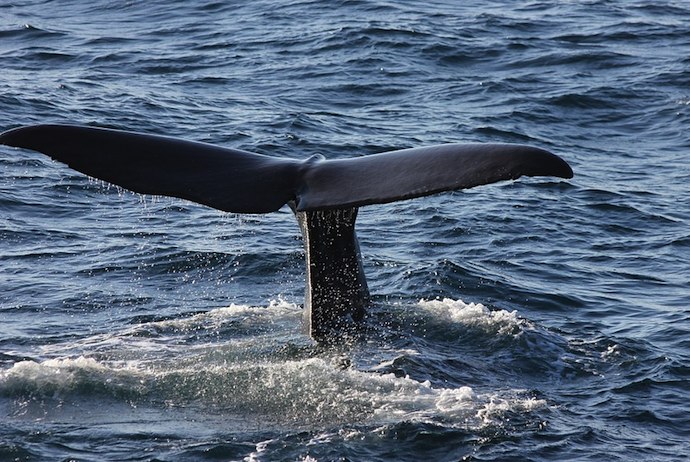
If you’re after a classic luxury cruise with cabaret entertainment, ten types of restaurant and waterslides on deck, this is not for you.
The emphasis is less on luxury and more on appreciating the natural surroundings and the environment.
The onboard entertainment is also low-key, consisting of star-gazing, wildlife-watching and looking out for the northern lights, plus the odd lecture on local habitats and culture.
Are Hurtigruten cruises all-inclusive?
The classic all-inclusive excursions are sold with all meals included, though wine and beer are extra.
But if you book a shorter trip or are travelling port-to-port, you have the option of adding and paying for food in advance. You can either opt for breakfast only, half-board or full-board.
Alternatively, you can pay-as-you-go to eat in the a la carte restaurant, or in the café that sells sandwiches, pizzas, burgers and hot dogs.
Restaurants on the Hurtigruten boats are known for their good food and specialise in dishes made from local, sustainable and seasonal produce.
The boats pick up ingredients from ports along the way, so the fish and seafood is literally fresh from the water.
What to pack for a Hurtigruten cruise
What you pack depends, of course, on what time of year you’re travelling and how active you intend to be onshore.
Bearing in mind that the boats sail into the Arctic Circle, you’ll certainly need thermal clothing, a thick coat, hat and gloves in winter.
If you’re planning any hikes or excursions, such as skiing, Rib rides or king crab fishing, make sure you bring suitable clothing.
Which Hurtigruten ship is best?
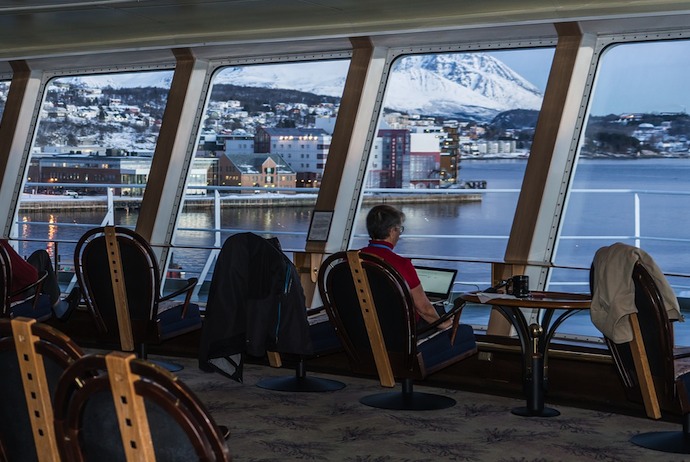
Well, that depends on what you want from your cruise. The oldest Hurtigruten ship that regularly runs the Bergen to Kirkenes route is the MS Vesterålen.
Built in 1983, its facilities are basic, though the cabins were refurbished in 2022.
The MS Kong Harald and the MS Richard With have both been in service since 1993 and, along with the MS Vesterålen, tend to be the cheapest ships to travel on.
Both have been refurbished more recently, however, and the Kong Harald now has two on-deck hot tubs and a sauna.
Both have also been recently converted to low-emission hybrid ships.
If you’re after a bit more luxury, opt for the newest ship, the luxurious, eco-friendly hybrid MS Fridtjof Nansen.
It has an infinity pool and hot tub, smart cabins (half of which have private balconies), a science centre, three restaurants and a cocktail bar.
However, it only runs the Bergen to Kirkenes route at certain times of the year, heading off to far-flung destinations sauce as Antarctica and the Falklands at other times of the year.
Which Hurtigruten ships have balconies?
The MS Maud, the MS Trollfjord, the MS Fram, MS Otto Sverdrup and the MS Spitsbergen all have a few cabins with balconies, though you’ll have to pay extra for a top-of-the-range cabin to guarantee one with a balcony.
On the newest ships, the MS Fridtjof Nansen and MS Roald Amundsen, around half the cabins have balconies.
How much do Hurtigruten trips cost?
It really depends where you want to go, and whether you want to include flights.
For example, prices for the classic 13-day full-board round trip including flights from London and full-board start at around £1700 per person (approx 22,500 NOK at the time of writing).
A one-way northbound 7-day full-board journey without flights starts from around £1180 (15,600 NOK).
Erm… why are Hurtigruten trips so expensive?
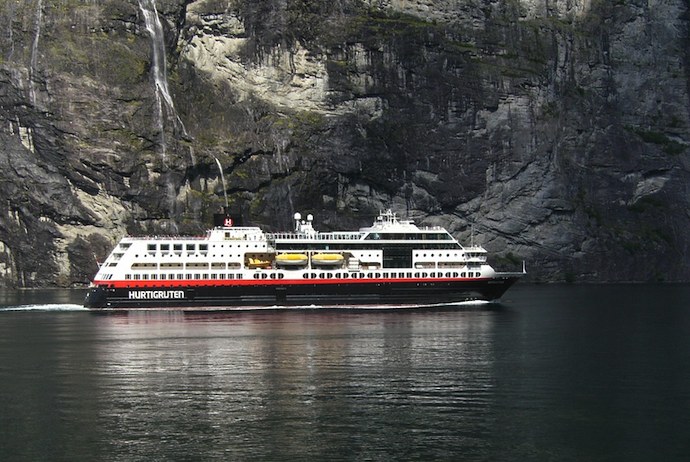
A Hurtigruten cruise is not a cheap option.
On top of the basic price, you’ll pay extra if you want to upgrade to an outside or balcony cabin, or to a more luxurious ship – and booking a couple of excursions will add yet more to the cost.
And don’t even think about having a drink; alcohol on-board is very pricey.
Having said that, if you’re happy with basic facilities, doing your own thing onshore and simply watching the dramatic scenery drift by, you needn’t spend much on board.
On port-to-port trips you can save money by buying food at the café or eating on shore and bringing sandwiches back with you – though, this being Norway, even this option is not cheap.
What is the Hurtigruten northern lights promise?
If you do the 12-day Hurtigruten cruise between 26 September and 31 March, you’re pretty likely to see the northern lights at some point.
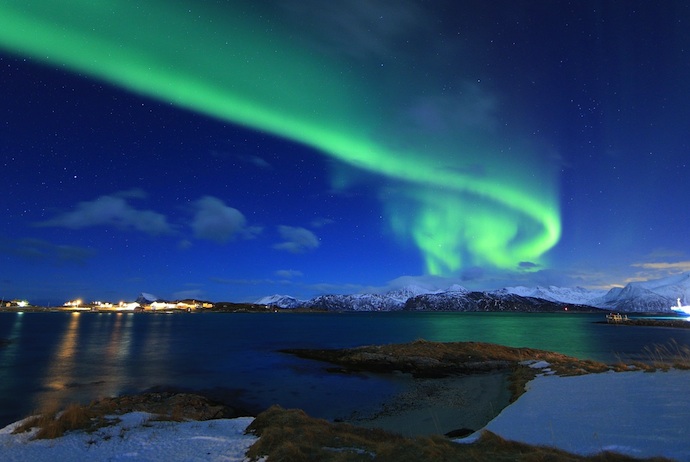
In fact, the company is so sure of this, that if they don’t appear during the trip, they’ll give you another free six- or seven-day trip free of charge.
You can read more about seeing the northern lights in Norway here.
Where are the Hurtigruten ferry terminals?
| Town | Port location |
| Bergen | Nøstegate 30, N-5010 |
| Floro | Fugleskjærskaien, 6900 |
| Ålesund | Skansekaia, 6002 |
| Molde | Hamnegata 8, 6413 |
| Trondheim | Pir 1 nr. 7 (HR-kaien), 7010 |
| Bodø | Terminalveien, 8006 |
| Svolvær | Fiskergata 23, 8300 |
| Harstad | Torvet 7B , 9487 |
| Tromsø | Samuel Arnesens gate 5, 9008 |
| Hammerfest | Hamnegata 3, 9600 |
| Kirkenes | Kaiv. 4, 9900 |
Which are the best sections of the Hurtigruten?
If you don’t fancy doing the full route, or are short of time, you can book shorter sections of the journey or custom-make your own port-to-port trip. Here are some of the best stretches of the route.
Svolvær to Honningsvåg
This is our favourite stretch of the Hurtigruten route. A two-night trip, the ship sails along the beautiful Lofoten and Vesterålen islands, with their rugged mountains, pretty fishing villages and sandy beaches.
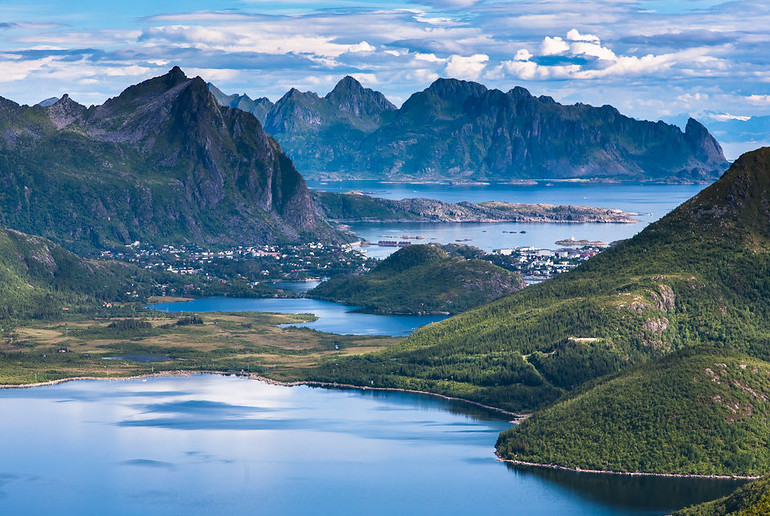
You may spot whales and seals as you cruise past the northern fjords and islands, stopping in at the Arctic city of Tromsø.
You’ll then continuing north to the small fishing settlement of Honningsvåg, gateway to North Cape – the northernmost point of mainland Europe.
The Helgeland coast
We also really like the Helgeland coast, which stretches from the town of Rørvik in the Vikna archipelago up to Ørnes.
On this stretch the boat sails past the beautiful Vega islands, some 6,500 island and islets with UNESCO Heritage status, the dramatic Seven Sisters mountains and the pretty fishing villages of Sandnessjøen and Nesna.
It’s an overnight journey northbound, so make sure you do this journey southbound to make the most of the scenery. The Hurtigruten leaves Ørnes at 6.30am and arrives in Rørvik at 9pm, so you can spend all day watching the Helgeland coast pass by.
The pros and cons of the Hurtigruten
So we know a trip on the Hurtigruten is expensive, but is worth it? Here are the pros and cons of booking a cruise on the Hurtigruten.
Pros
- The beautiful scenery.
- The food – all meals use local and seasonal ingredients, especially if you eat at the a la carte restaurant.
- The ships are small, traditional and simple, with no large nightclubs and entertainment facilities.
- You are guaranteed to see the northern lights on cruises in winter – and if you don’t, you get another cruise for free.
Cons
- These are working boats which can be noisy at night when cargo is being loaded and unloaded.
- Excursions can be cancelled at short notice due to bad weather.
- The ships stop at some ports for just half an hour, or during the night, so you’re not able to get off everywhere.
- It’s expensive, especially once you factor in food and excursions.
Alternatives to the Hurtigruten
Plenty of mainstream cruise liners offer Norwegian fjords cruises, but they don’t normally have the option to book port-to-port legs.
Norwegian company Havila runs the full-day 12-day return trip between Bergen and Kirkenses, and also allows port-to-port bookings for shorter hops.
Havila prides itself on its eco-credentials with four new hybrid ships, all fitted with batteries large enough that they can run for four hours with zero emissions and can be recharged en-route.
All the ships are less than five years old, and have large picture windows and sleek IKEA-style decor. And when they are running on electricity they have the advantage of being very quiet.
With on-deck hot tubs and a sauna (that are heated from excess heat from the ship), two restaurants and a café, and a panoramic glass-roofed lounge, the ships are comfortable and well-designed to make the most of the scenery.
We like the fact that all meals are included in the rate, so there are no hidden extras.
We also like that the website includes a clear itinerary detailing what time the ships stop at each port, for how long and whether it’s daylight or nighttime.
However, unlike the Hurtigruten, they don’t run every day, so you’ll need to check the schedule to see if the timings are right for you.
But, if you’re looking for an alternative to the Hurtigruten, we think they’re worth considering.
Read more:
Seeing the northern lights in Norway
Norway’s best fjords
Glaciers worth visiting in Norway

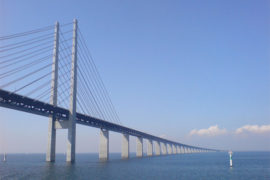
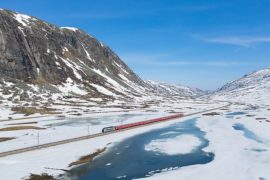
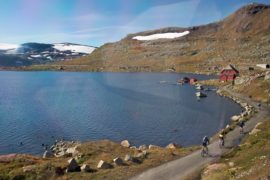
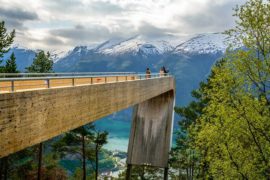
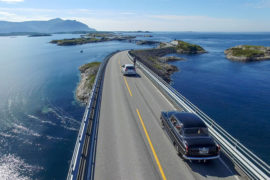
I experience the full 12 night cruise in March a couple of years ago. Totally amazing a true ‘bucket ‘ list experience. Not cheap but worth every penny